Contents
Garden blackberries are now grown in almost every summer cottage or garden plot. Most cultivars are unpretentious and give high yields. But in order for the bush to develop well and bear fruit abundantly, regular rejuvenation of the bush is necessary, as well as periodic transplantation of blackberries to another place. And if planting for culture is preferable in the spring, then it is recommended to transplant blackberries or plant bushes in the fall. About when and how best to transplant, so that the plants take root and acclimatize, will be discussed in the article.
How to transplant a blackberry bush: transplant rules
It would seem that blackberries grow in the garden, bear fruit, and why bother, replant, and worry about whether it will take root. The fact is that the culture grows well in one place for 10-12 years, and then the bush begins to age, which is manifested by a decrease in yield, a decrease in the number of young shoots. When this begins to happen, the bush is recommended to be transplanted to another place. From the point of view of biologists, transplantation renews and rejuvenates the plant, after which it can bear fruit for the same number of years. Also, transplanting can solve the problem of redevelopment of the site or planting too large a bush.
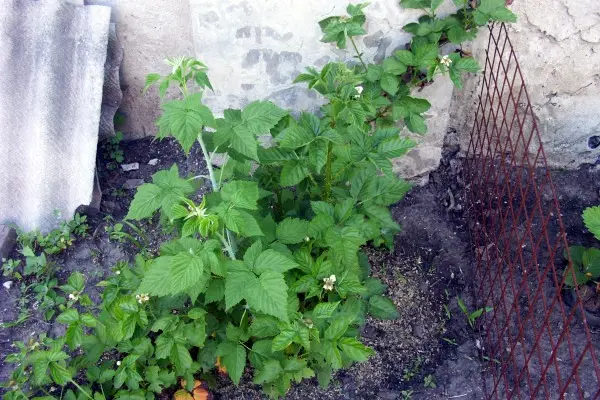
In transplanting blackberry bushes, two stages can be distinguished: preparatory and main. The preparatory stage consists in the selection and preparation of the site. This takes into account the following points:
- a place must be chosen open to the sun, but at the same time calm – a site on a small hill is best, as the blackberry does not tolerate excessive humidity and stagnant water, or along the fence on the south or south-west side;
- the site must be cleaned of debris, foliage, roots, if a tape planting is planned (in trenches), then the soil can be dug up – if you suspect the presence of larvae or spores of fungal diseases, it is recommended to water the site with a disinfectant solution (salt, potassium permanganate, or copper sulfate);
- the soil for blackberries should be loose, fertile and slightly sour – loamy or sandy soil with the addition of peat, humus is ideal.
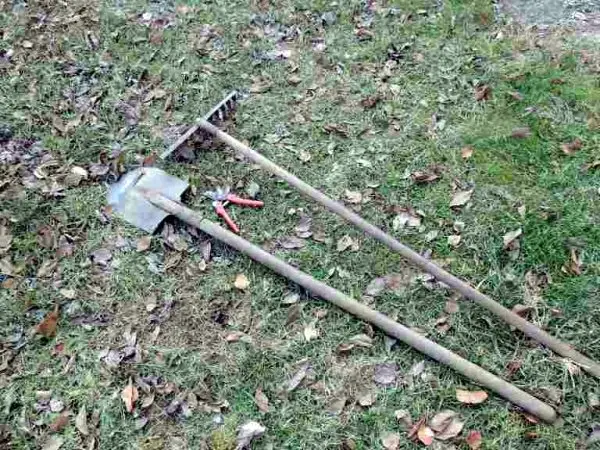
The main stage consists of the following activities:
- planting beds (plantations) – blackberry bushes are planted in a row at a distance of 1,5–2 m for varieties with erect shoots, and 2–3 m for creeping varieties, the distance between rows is 1,8–2,5 m (depending on varieties);
- devices for planting pits or trenches – pits are dug for blackberries with a depth of 0,5 m and a width according to the size of the rhizome, with a trench method, a recess is dug up to 0,5 m deep, 2 m or more in length;
- fertilizer application – as with planting, fertilizers are added to the planting pit (humus or compost 0,5–1 bucket, mineral mixture 100 g), which are mixed with part of the soil;
- digging a bush from its former place – the earth around the bush is deeply loosened (to make it easier to dig), then carefully dig the bush from all sides and take it out along with a clod of earth (the roots are not shaken off);
- an adult bush has a very long main root, and it is not easy to dig it out, so if necessary, you can chop off this part of the root;
- then a bush is placed in the planting hole, the roots are straightened, covered with the remaining earth, and compacted;
- after transplanting, the bush is watered, and the soil around it is mulched.
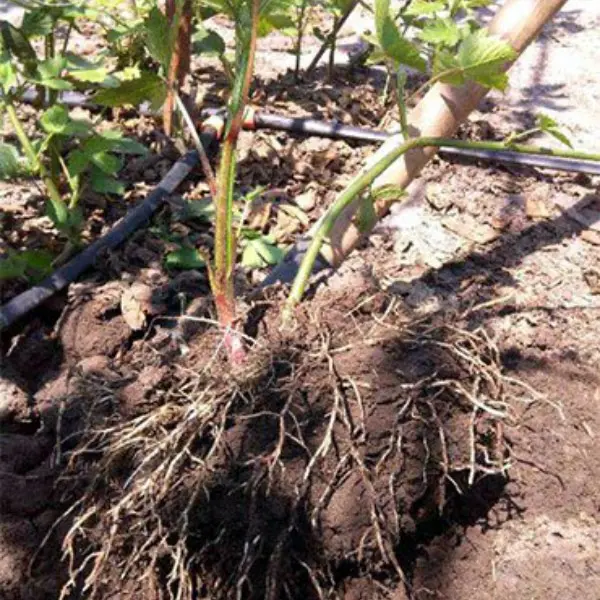
Autumn transplant of a blackberry bush
Blackberry bushes can be transplanted very early in the spring, until the plant begins to move the juices, or in the fall, after the end of fruiting. Since the soil is often frozen in early spring, and transplanting at this time is very difficult, many gardeners transplant bushes in the fall. Autumn transplanting is suitable for regions with a temperate and southern climate, where there are no early frosts, and winters are relatively warm.
Transplantation should be carried out a couple of months before the onset of constant cold weather – this time is enough for the bush to take root and not freeze in winter. It is good if the plant is transferred to a new place along with an earthy clod – in this case, the adaptation process will be easier. In any case, after transplanting, it is imperative to cover the blackberry for the winter with a thick layer of mulch made from sawdust, straw, dry foliage or peat. Snow can also be used for shelter by spreading it over the mulch in an even layer.
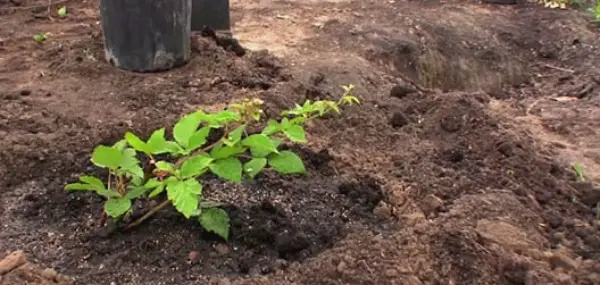
In autumn, not only adult plants are transplanted, but also young seedlings obtained from the roots of the mother bush – offspring. These shoots appear around the bush throughout the summer. By the fall, they grow up and gain strength, so planting offspring in the autumn period is considered the most successful. Many gardeners plant young shoots in summer, but by mid-summer they are usually 10-15 cm high and still quite weak, while autumn specimens are much stronger and more successful in their adaptation.
Creeping varieties of blackberries practically do not have offspring. It is propagated by layering. To do this, at the end of summer, a young and healthy shoot is tilted to the ground, fixed, and sprinkled with earth so that the top remains on the surface. With good humidity, in about a month, roots will sprout at the site of bud formation, and in September, a young bush can already be transplanted to its permanent place. Also in the fall, seating (dividing a bush) is practiced in order to renew blackberry plantings.
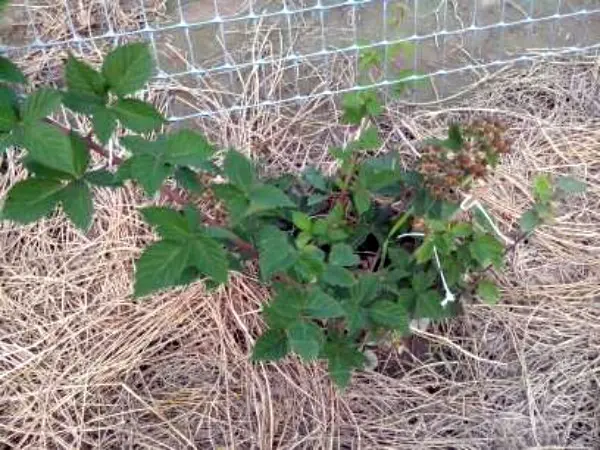
Proper blackberry care
Caring for adult bushes is quite simple. If the aisles are covered with mulch, then the need for loosening and weeding disappears by itself.
At first, the transplanted bush needs frequent watering (1-2 times / 1 week if there is no rain), and then, when it takes root, watering is carried out only when necessary (abnormal heat, drought, fruiting period).
The main care measures remain pruning and shelter for the winter. For blackberries, two prunings are required: in spring, and in autumn, after harvesting. For some varieties, thinning pruning may be needed in the summer, but the main ones are autumn pruning, which is also preparatory for winter, and spring.
In September (for late varieties at the beginning of October), when fruiting is completely over, all old shoots (which have fruited this year) should be removed at the base. They will no longer produce a crop, and if they are not cut, they will simply create an additional load on the bush. Together with the old shoots, a part of the young branches, the weakest and thinnest, are cut out.
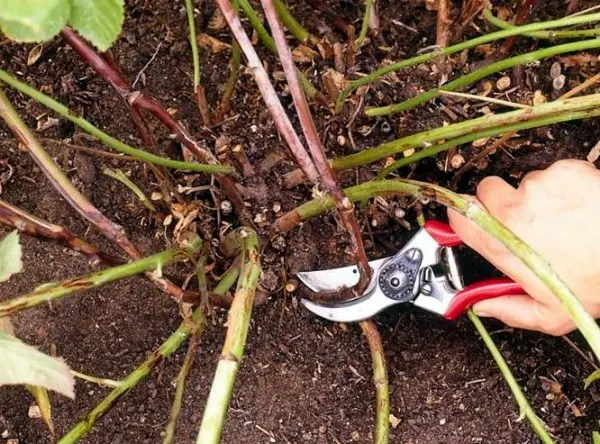
For a good yield on a bush, it is enough to leave 6-8 of the strongest shoots that will yield next year – the rest must be removed at the root. Leaving stumps is not recommended, as they will rot and infect healthy branches. After all unnecessary shoots are removed, the remaining young shoots are shortened by a quarter (20-25 cm), in creeping varieties, a third of the shoot can be cut off.
Now you can start sheltering for the winter. Blackberries do not have high winter hardiness – some of its varieties are not able to survive the winter with a temperature of -10–15 ° C.
To prevent the bushes from freezing, they are covered with a thick layer of mulch. To do this, you need to remove all the shoots from the trellis, lay them on the ground, or bend them if the shoots are upright, and then cover them.
In the spring, when the threat of frost has passed, the blackberries are released from shelter and examined for the safety of the shoots. Healthy branches are flexible, shiny, healthy brownish in color, frozen ones are loose, rough and brittle. Dead branches are removed during spring pruning. If there are 4-6 shoots left on the bush, we can assume that he has successfully survived the winter and will delight in a bountiful harvest in the summer. If there are 3 or fewer healthy branches left on the bush, then you won’t be able to count on a high yield, but the berries will grow larger and sweeter.
Video “Transplanting a blackberry bush”
How to properly transplant a blackberry to a new place, the expert will tell in this video.









